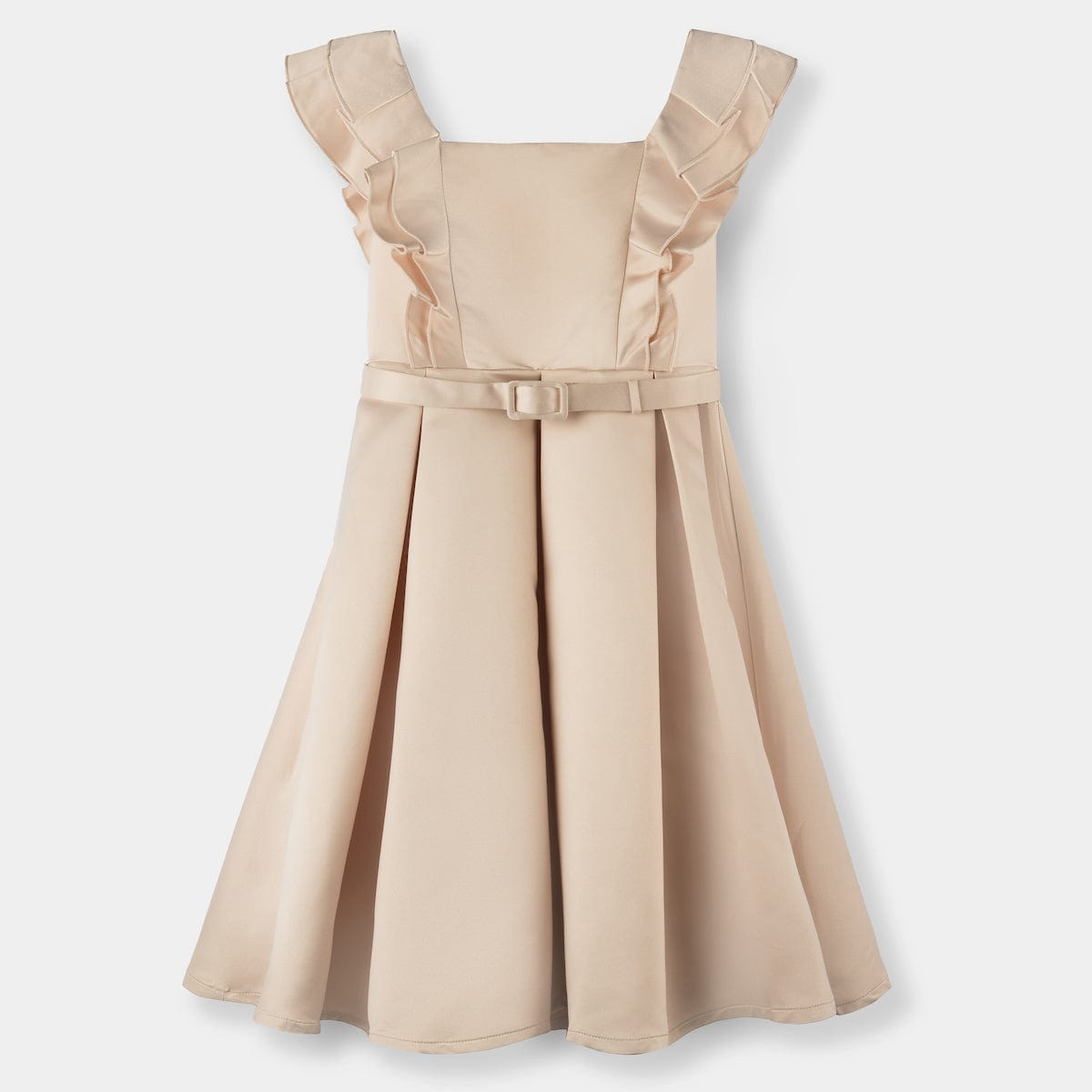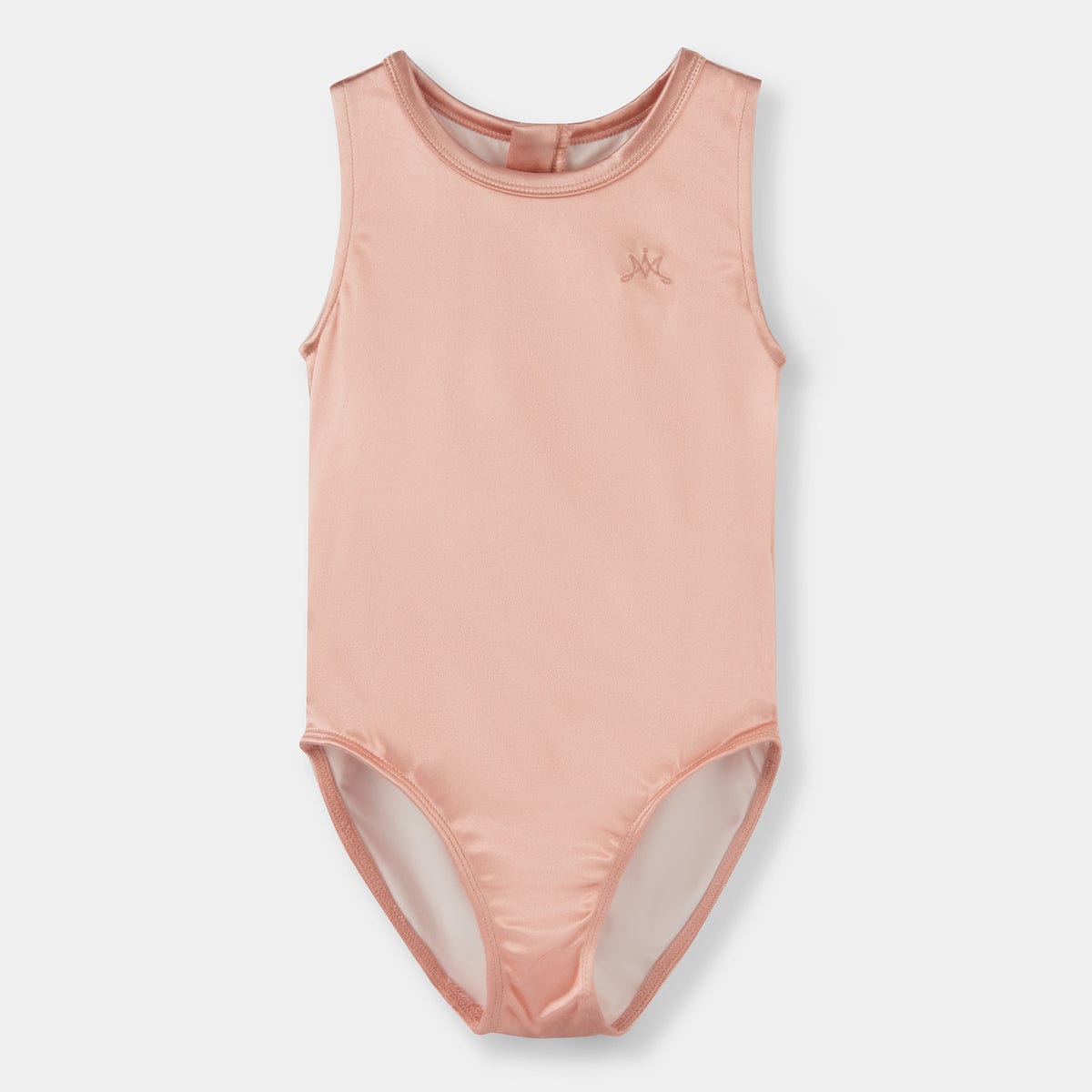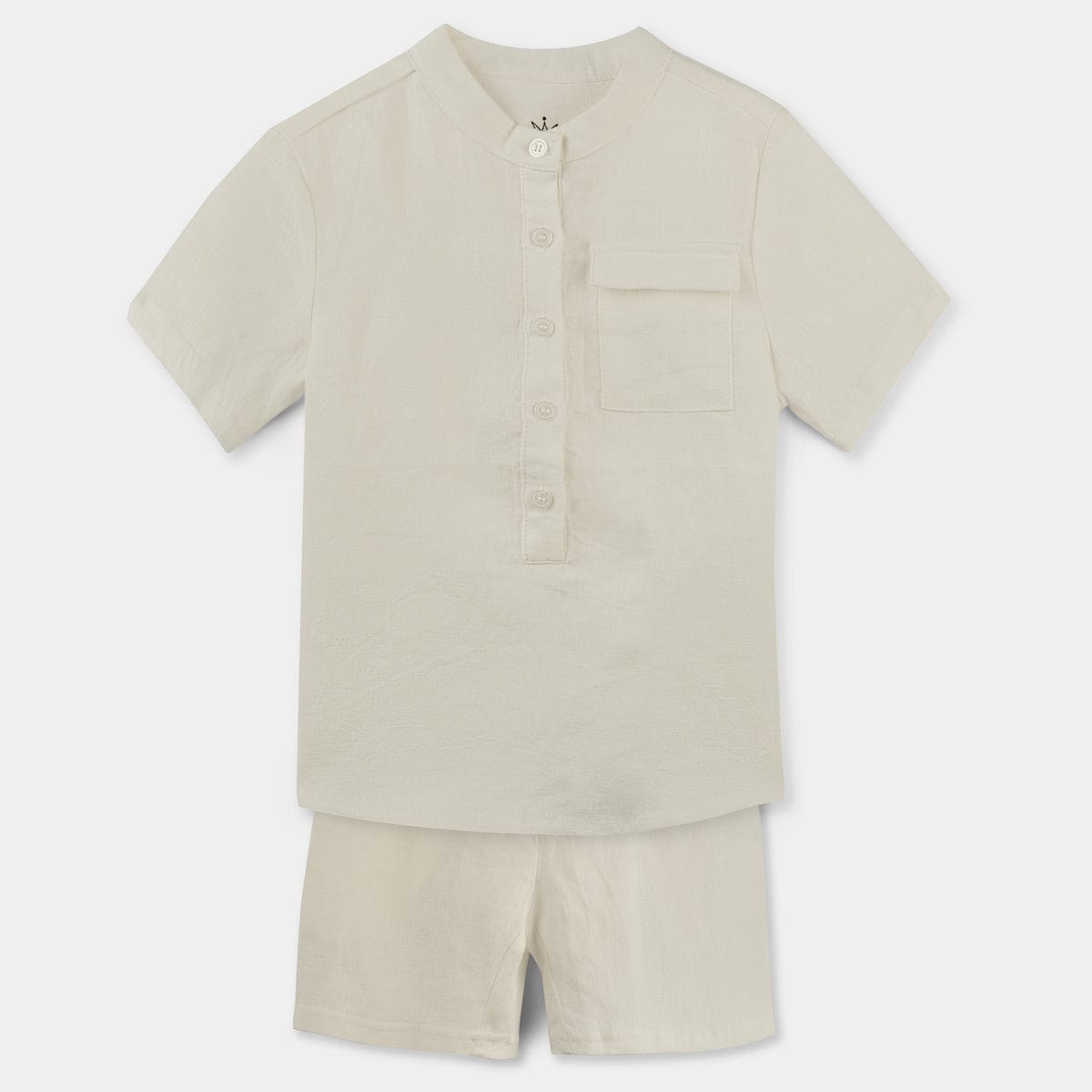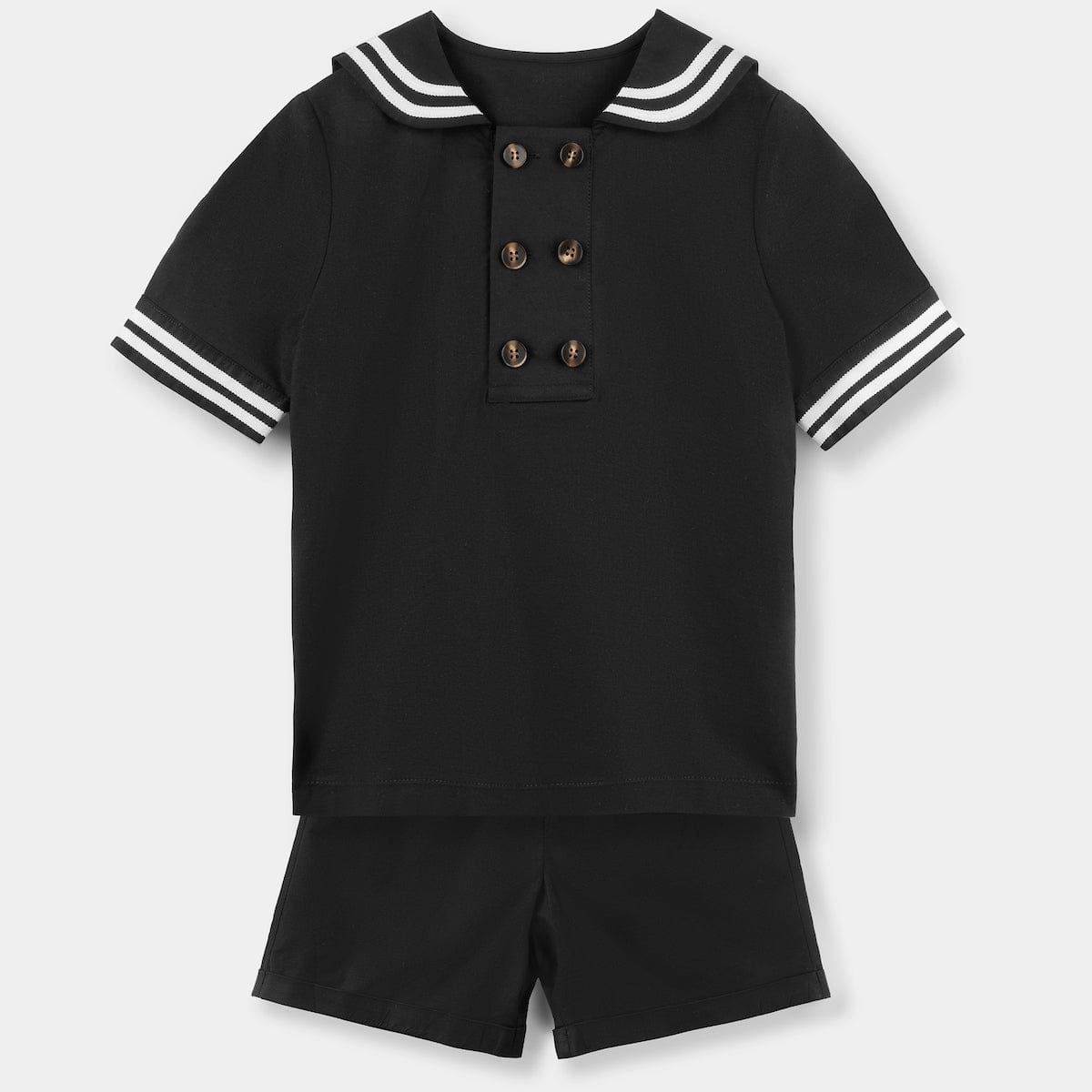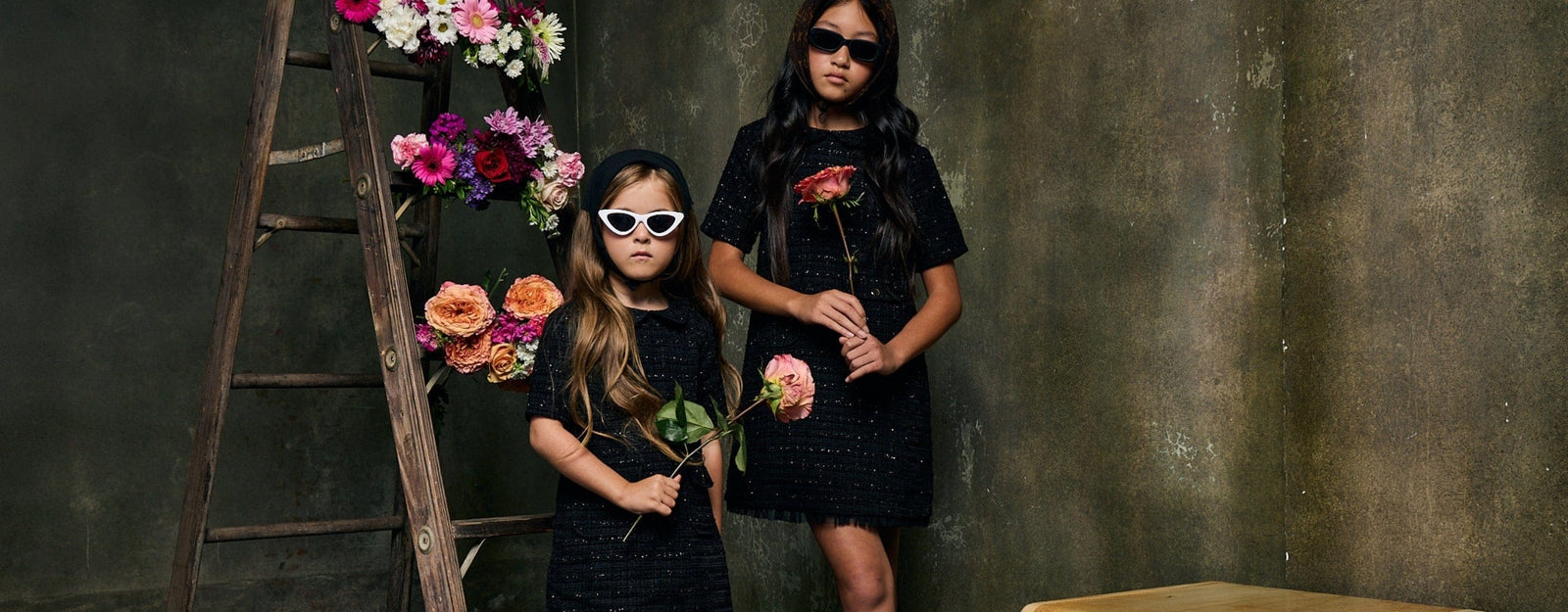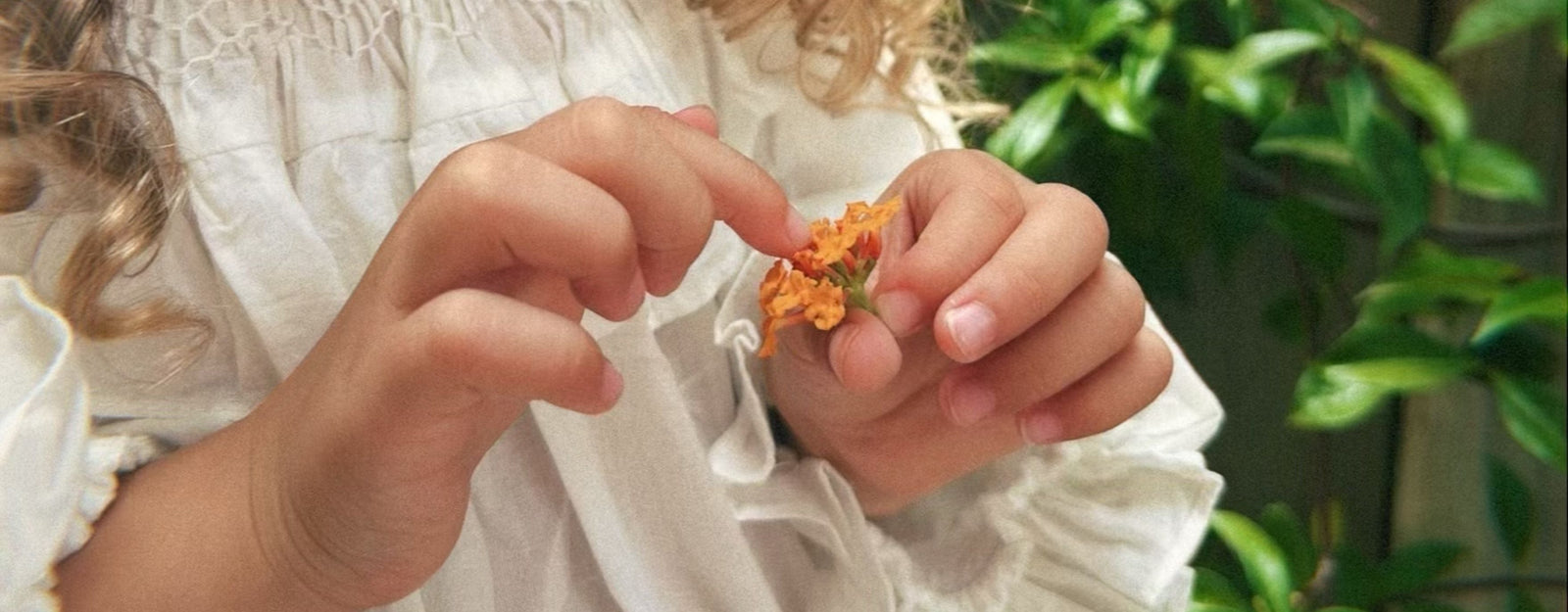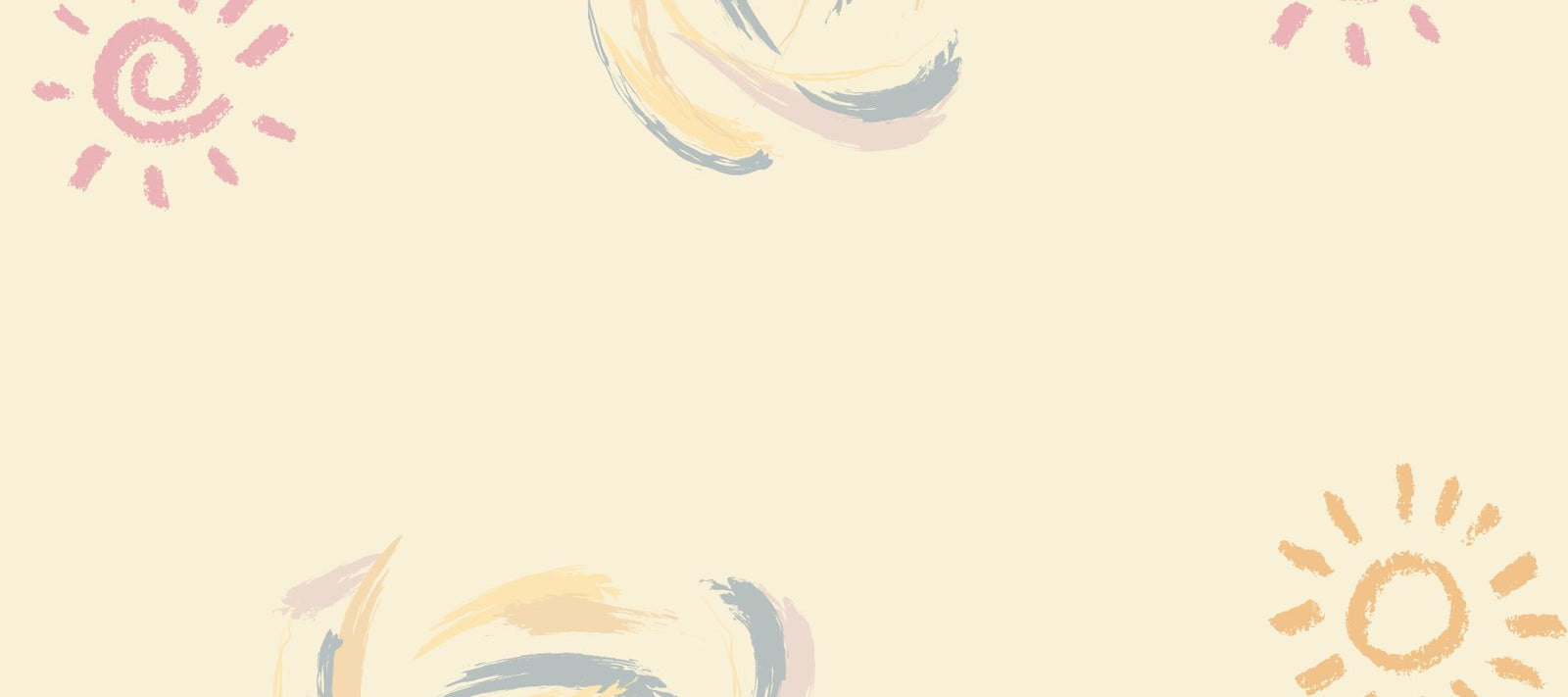
Designer Baby Clothes: The Shift Toward Sustainability
The world of designer baby clothes is experiencing a profound transformation as sustainability moves from niche concern to industry imperative. Today’s conscious parents are increasingly seeking premium children’s clothing that aligns with their environmental values, creating a powerful market shift toward eco-friendly practices across the luxury children’s fashion industry.
This evolution reflects a broader understanding that true luxury is not just about aesthetics or brand prestige, but about responsible production and consumption. For many modern parents, the definition of premium kids clothing now inherently includes sustainability as a core attribute—not an optional feature.
The journey toward sustainability in children’s fashion is particularly meaningful given that children represent our future. Parents who choose eco-friendly luxury children’s wear are making a statement about the world they want their children to inherit, aligning their purchasing decisions with their hopes for a healthier planet.
Understanding Sustainable Materials in Premium Children’s Clothing
The foundation of sustainable kids luxury fashion begins with material selection. Premium brands leading in sustainability have moved beyond conventional cotton to embrace a diverse range of eco-friendly fabrics that offer both environmental benefits and exceptional comfort for children’s sensitive skin.
Organic Cotton: Perhaps the most widely recognized sustainable fabric, organic cotton is grown without synthetic pesticides or fertilizers. For children’s clothing, this means reduced chemical exposure while supporting farming practices that protect soil health and biodiversity. Mi Regalia’s commitment to using high-grade organic cotton in many of their pieces exemplifies this approach to material selection.
TENCEL™ and Lyocell: These cellulose fibers derived from sustainably harvested wood pulp offer exceptional softness and breathability—perfect qualities for children’s clothing. Their production uses closed-loop processes that recycle water and solvents, minimizing environmental impact. These innovative materials are increasingly appearing in premium children’s collections, offering a sustainable alternative with luxury-level comfort.
Recycled Fabrics: Advanced recycling technologies have enabled the creation of premium-quality fabrics from post-consumer plastic bottles and textile waste. These materials divert waste from landfills while reducing the demand for virgin resources. Forward-thinking premium children’s clothing brands are incorporating these recycled fabrics into everything from activewear to outerwear.
Natural Dyes: The coloring process for fabrics traditionally involves chemicals that can harm waterways and pose health concerns. Sustainable premium brands are reviving the use of natural dyes derived from plants, minerals, and sometimes even food byproducts like avocado pits or onion skins. These natural alternatives create beautiful, unique colors while eliminating toxic runoff.
Innovative Bio-Based Materials: The cutting edge of sustainable luxury includes new materials made from agricultural waste, mushroom leather, seaweed fibers, and other biodegradable alternatives to conventional textiles. While still emerging in the children’s market, these innovations represent the future of truly sustainable high-quality kids clothing.
Ethical Production Practices in Premium Children’s Fashion
Beyond materials, sustainable luxury in children’s fashion encompasses the entire production process—from labor practices to manufacturing methods. Ethical production has become a cornerstone of authentic premium positioning in the market.
Fair Labor Practices: Truly sustainable upscale children’s apparel is made under conditions that respect workers’ rights, provide fair compensation, and ensure safe working environments. Leading brands like Mi Regalia are increasingly transparent about their supply chains, allowing parents to make informed choices about the human impact of their purchases.
Local and Small-Batch Production: Many sustainable luxury children’s brands are embracing local manufacturing and small-batch production methods. This approach reduces carbon emissions from transportation while allowing for greater quality control and often creating meaningful employment in local communities.
Water Conservation: Conventional textile production is notoriously water-intensive. Sustainable manufacturing processes implement water recycling systems, low-water dyeing techniques, and other conservation measures to minimize this precious resource’s consumption.
Energy Efficiency: Forward-thinking manufacturers are investing in renewable energy sources and energy-efficient equipment to reduce the carbon footprint of high-end toddler fashion and other premium children’s clothing categories.
Waste Reduction: Zero-waste pattern cutting, upcycling fabric scraps, and biodegradable packaging are becoming standard practices among truly sustainable premium children’s brands. These approaches minimize landfill contributions while often creating unique design elements that distinguish luxury offerings.
The True Cost of Fast Fashion vs. Sustainable Premium Options
Longevity and Cost-Per-Wear: Premium kids clothing made with superior materials and construction typically lasts significantly longer than fast fashion alternatives. When calculating the true cost of children’s clothing, parents should consider the “cost per wear” rather than just the price tag. A $15 fast fashion t-shirt that lasts through 10 washes (approximately $1.50 per wear) is actually more expensive than a $45 premium organic cotton t-shirt that maintains its quality through 50 washes (approximately $0.90 per wear).
Reduced Quantity Needs: Children dressed in quality pieces often need fewer garments overall. Fast fashion’s lower quality encourages parents to purchase more items to compensate for rapid wear and tear. In contrast, a thoughtfully curated collection of high-quality kids clothing can serve a child’s needs with fewer total pieces, reducing both financial outlay and environmental impact over time.
Health Considerations: The potential health benefits of organic and non-toxic materials used in premium sustainable children’s clothing represent another aspect of true cost. Conventional textile production often involves chemicals that can irritate sensitive skin or potentially cause longer-term health concerns. While difficult to quantify financially, many parents consider the peace of mind from safer materials worth the premium price.
The Environmental Impact of Premium Kids Clothing Choices
The environmental footprint of children’s clothing extends far beyond production. Fast fashion’s entire lifecycle—from resource-intensive manufacturing to rapid disposal—creates significant environmental harm. In contrast, premium kids clothing brands that prioritize sustainability often implement circular economy principles:
-
Resource Conservation: Sustainable premium brands typically use production methods that conserve water, reduce energy consumption, and minimize chemical use. For example, organic cotton farming uses approximately 88% less water and 62% less energy than conventional methods.
-
Waste Reduction: Quality construction and materials create garments that remain in use longer, keeping textiles out of landfills where synthetic fibers can take hundreds of years to decompose.
-
End-of-Life Considerations: The best sustainable premium children’s clothing brands design with a garment’s entire lifecycle in mind, creating pieces that can be easily repaired, repurposed, recycled, or biodegraded when they’ve reached the end of their useful life.
-
Carbon Footprint: Local or regional production, which many premium sustainable brands prioritize, significantly reduces the carbon emissions associated with global shipping and transportation.
How to Identify Truly Sustainable Children’s Clothing Brands
With growing consumer interest in sustainability, “greenwashing”—where brands make misleading environmental claims—has become increasingly common in the children’s fashion industry. Parents seeking genuinely sustainable designer baby clothes should look beyond marketing claims to evaluate brands based on these criteria:
-
Transparency: Authentic sustainable brands provide clear information about their materials, production processes, labor practices, and supply chains. Mi Regalia exemplifies this transparency, detailing their sustainability practices and material sourcing on their website.
-
Certifications: Look for credible third-party certifications such as GOTS (Global Organic Textile Standard), OEKO-TEX, Fairtrade, or B Corp certification, which verify environmental and ethical claims.
-
Material Choices: Truly sustainable brands prioritize organic natural fibers, recycled materials, or innovative eco-friendly textiles like TENCEL™ or hemp. They avoid synthetic materials derived from petroleum, which shed microplastics and don’t biodegrade.
-
Production Ethics: Sustainable luxury children’s wear should be produced under fair labor conditions with appropriate compensation and safe working environments. Brands should be able to verify these practices throughout their supply chain.
-
Packaging and Shipping: Evaluate how brands package their products and their approach to shipping. Minimal, recyclable, or compostable packaging reflects a comprehensive commitment to sustainability.
By making informed choices about children’s clothing, parents can align their purchasing decisions with their values while providing their children with beautiful, comfortable garments that are kind to both sensitive skin and the planet. Brands like Mi Regalia are leading this movement, creating high-end toddler fashion that demonstrates how luxury and sustainability can go hand in hand, offering the best of both worlds to conscious parents and their children.

